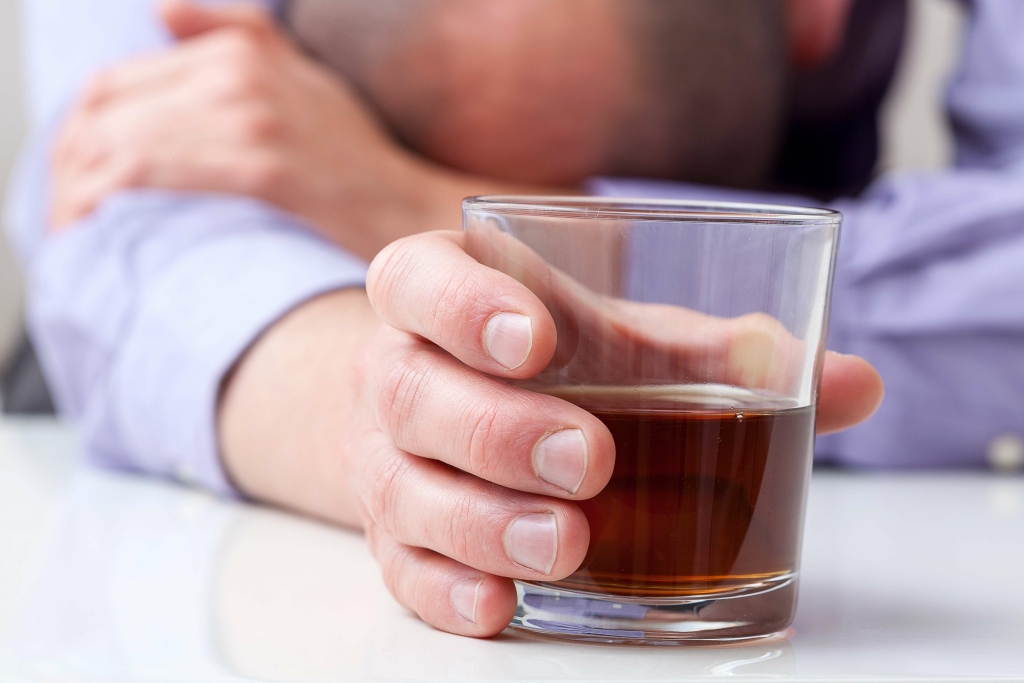Study examines facilities’ low use of monthly injections for treating opioid addiction
This work and the researchers involved were supported by funding from the National Institute on Alcohol Abuse and Alcoholism (grants AA028549, AA026999, AA006420, and T32 AA007456). The other bill sponsored by Mosbrucker, HB 1635, calls for the creation of a model program for the training and certification of fentanyl-detecting dogs in the state by July 1, 2025. Heroin is typically injected into a vein – although it can be snorted – and it has a very rapid onset, usually taking effect within 5-15 minutes. The pleasurable effects do not last long, and side effects begin within an hour after the drug is injected. The medication can be given by intranasal spray (into the nose), intramuscular (into the muscle), subcutaneous (under the skin), or intravenous (into a vein) injection.
Now, millions of dollars from several large legal settlements are beginning to flow into the state to help combat the deadly opioid epidemic. Part of that money could go to addressing the opioid crisis’ effect on justice-involved people, the vast majority of whom are Black and Latino. NASHVILLE, Tenn.—Tennessee’s Opioid Abatement Council is releasing its first ever community grants totaling $80,936,057.
Short-Term Effects of Opioids
The medication Narcan (naloxone) is used in an emergency when someone has overdosed on opioids. Narcan quickly stops the action of opioids in the body, which can help revive someone who has overdosed. In March 2023, the Food and Drug signs of opioid addiction Administration (FDA) approved Narcan Nasal Spray as an over-the-counter (OTC) emergency treatment for opioid overdose. It’s common not to talk about your concerns because you fear that your relationship or family will fall apart.
- Organizations from across the state designed programs and submitted 396 proposals during the OAC’s application period last fall.
- When you’re addicted, you may continue using the drug despite the harm it causes.
The first step in treating opioid abuse is someone recognizing that they have a problem and wants to quit using drugs. Sometimes this occurs as a result of a medical emergency from drug use. Other times this can come from discussions with concerned family and friends. When opioids are misused, and taken in doses or frequencies higher than they are prescribed for, there is a potential for opioid abuse and addiction.
Opinion: Kathleen Parker: Millions in opioid settlement funds sit unspent when lives could be saved
As you learn to tolerate the dose you’ve been prescribed, you may find that you need even more medication to relieve the pain or achieve well-being, which can lead to dependency. Addiction takes hold of our brains in several ways — and is far more complex and less forgiving than many people realize. An increased risk for bone fractures has been found to occur in people with opioid abuse. This could be due to some weakening of the bones or also because people who abuse opioids may be at an increased risk of falling. The abuse of opioids can have long-lasting effects on someone’s health, possibly even resulting in death.

Morphine, oxycodone, hydrocodone and other opioids can cause a wide range of short-term effects. Nausea, vomiting, dizziness and sedation are among the most common reactions to the drugs. Opioids are potent drugs that can dull sensations of pain and trigger intense feelings of pleasure. The drugs can also produce a range of unwanted effects, ranging from nausea and constipation to extreme sedation, breathing problems and even death.
Opioid Treatment Options & Rehab
Cannabis often precedes or is used along with other substances, such as alcohol or illegal drugs, and is often the first drug tried. If you suddenly stop taking an opioid or lower your dose after a long period of use, you may develop uncomfortable, flu-like withdrawal symptoms. Because opioids depress the central nervous system, high doses can dangerously slow or stop your breathing. Pauses in breathing are particularly common at night but can occur at any time. The syndrome appears to be closely related to opioid-induced hyperalgesia, a phenomenon whereby people become overly sensitive to pain as a result of their chronic use of opioids.
The best thing to do is research kratom and then speak with your doctor to see if it would be an option for you. If so, then try a small dose first and slowly increase it until you see how your body responds. Red Indonesian kratom is a strain with which many users have reported success. Other strains that have proven effective for pain are Bali and Maeng Da kratom. This is where behavioral treatments are put in to play to help the addicted person learn how to manage the depression that comes from not using.

